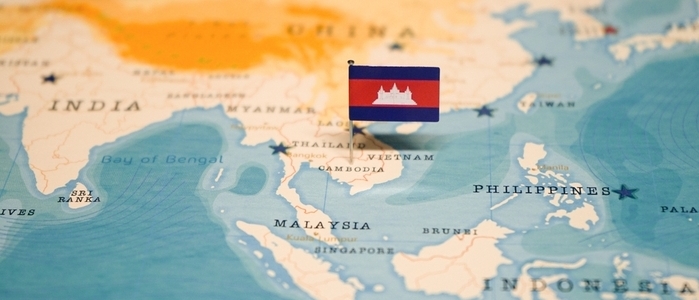
Wondering which visa you need to go to Cambodia? There are 2 mains types for short-term visits to the country: Type-T and Type-E.
In this article, our experts explain the differences between these 2 visas, and which one you’ll need for your trip.
Who Needs a Visa to Visit Cambodia?
Passport holders from the following countries do not need to apply for a Type-T tourist visa when visiting Cambodia:
- Brunei
- Indonesia
- Laos
- Malaysia
- Maldives
- Myanmar
- Philippines
- Seychelles
- Singapore
- Thailand
- Vietnam
If you’re not from one of the above countries, you’ll need a visa to visit Cambodia as a tourist.
However, all nationalities need a Type-E business visa if they plan on doing business in Cambodia. There are no exemptions.
Differences Between Type-T and Type-E Visas
The type of visa you need depends on the purpose of your trip.
The Type-T visa is for tourism purposes. You can stay in Cambodia for up to 30 days with this visa.
However, if you’re traveling to Cambodia for business purposes, you’ll need the Type-E visa. This is also valid for a 30-day stay in the country.
Below is a table comparing the main differences between the 2 types of visa:
| Cambodia Tourist Visa (Type-T) | Cambodia Business Visa (Type-E) | |
| Purpose of Visit | Tourism | Business activities |
| Maximum Stay | 30 days | 30 days |
| Visa Validity | 3 months from date of issue | 3 months from date of issue |
| Number of Entries | Single entry | Single entry |
| Extension Options | Extendable for an additional 30 days | Extendable for an additional 30 days |
| Exempt Countries | 11 countries exempt | No countries exempt |
Where Can I Apply for a Type-T and Type-E Visa?
You can apply for both visas in person at a Cambodian Embassy. However, we recommend applying online for an eVisa. Both the Type-T and Type-E are available online.
Submitting your application with CambodiaGoVisas offers numerous advantages. You can apply for both the Type-E and Type-T visas with our 100% digital process, eliminating paperwork and embassy visits.
We offer both tourism and business visa options with a simple form and expert support. The process is also very quick, with most applications approved within one day.
Can I Apply for a Type-E or Type-T Visa on Arrival?
It’s possible to apply for both types of visa on arrival in Cambodia, but this is not advised for a number of reasons:
- You may face lengthy queues at the border or airport.
- You must pay for the visa in USD.
- It’s not guaranteed that your application will be successful.
Most travelers choose to apply for an eVisa before their arrival due to these reasons.
Cambodia eVisa Approval Rate
Another advantage of applying for your Cambodia eVisa with CambodiaGoVisas is our high approval rate. Our visa experts help you avoid making any errors on your form, giving you a higher chance of success.
For applications made through our platform, the approval rate for both Type-E and Type-T visas is 98%.
What Are the Requirements to Apply for Both Type-E and Type-T Visas?
If you’re applying for either of these visas online, you’ll need to provide the following documents:
- Passport-style photo: must meet the set photo requirements.
- Biographical page of your passport.
Your passport must be valid for at least 6 months from your date of entry in Cambodia.
In addition to the documents above, travelers from certain countries need to provide some additional documentation when applying for a business visa:
- Hotel reservation
- Invitation letter from a business
Can I Extend Both Types of Visa?
Both the Type-T and Type-E visa can be extended for an additional 30 days, however this is not possible online.
To extend your visa, you must contact the Cambodian immigration department in Phnom Penh.
It may be more convenient to travel to a neighboring country and apply for another online visa. As the online application process is so quick, this is often simpler than dealing with the paperwork required to apply for an extension.


